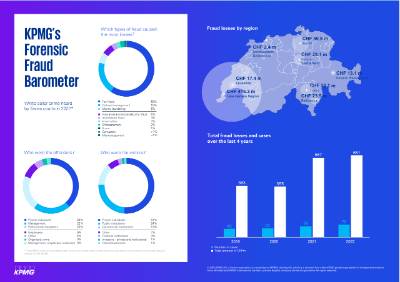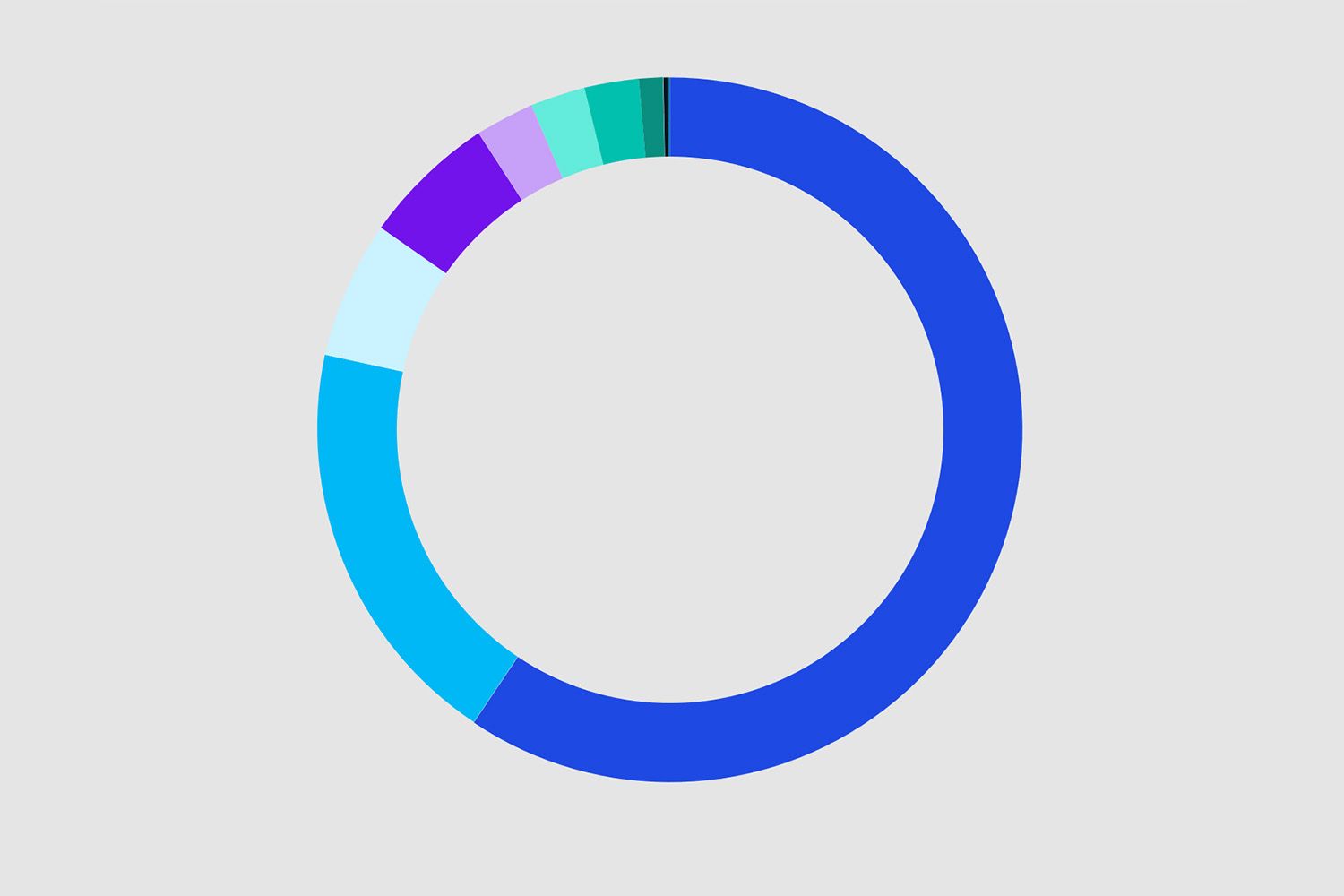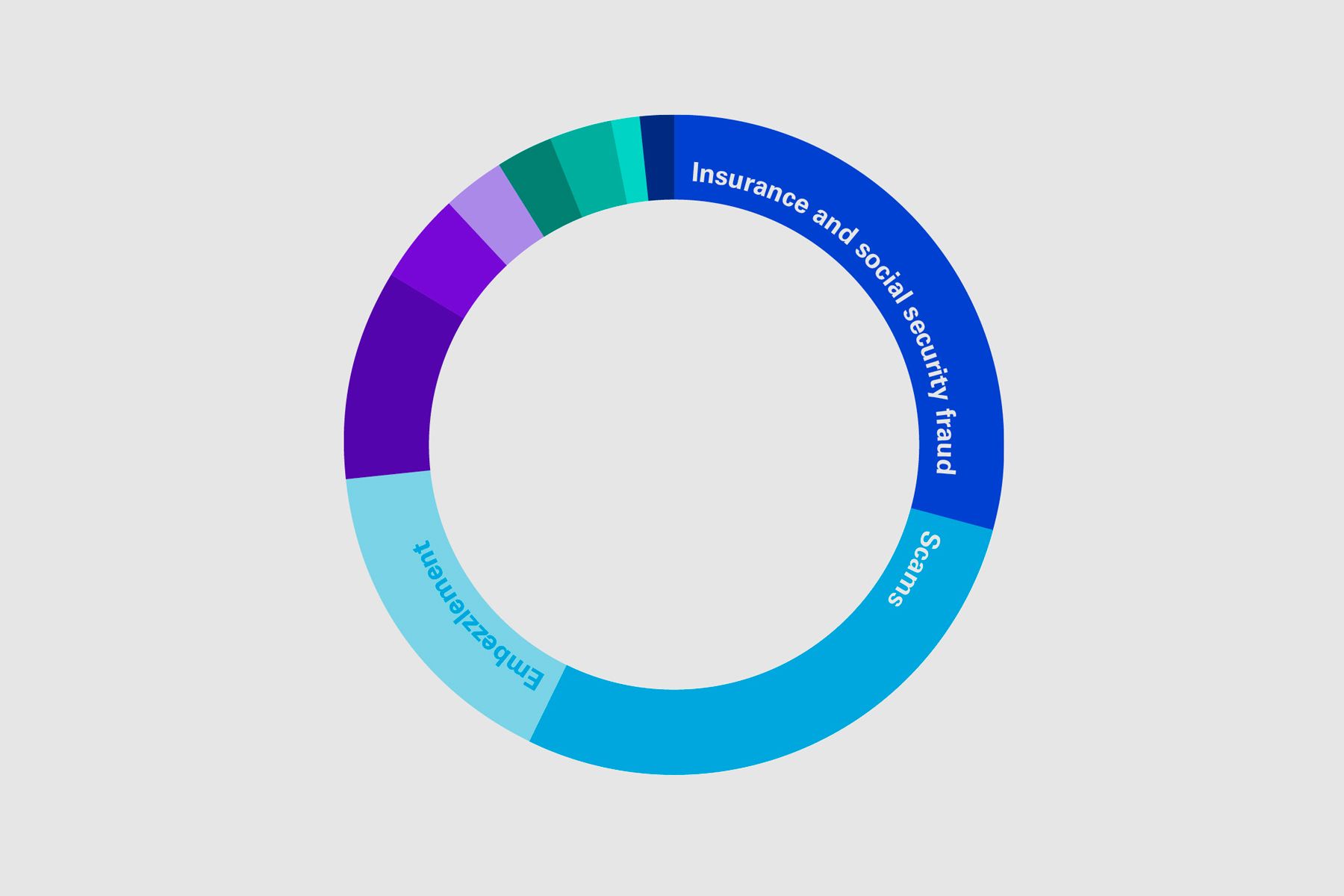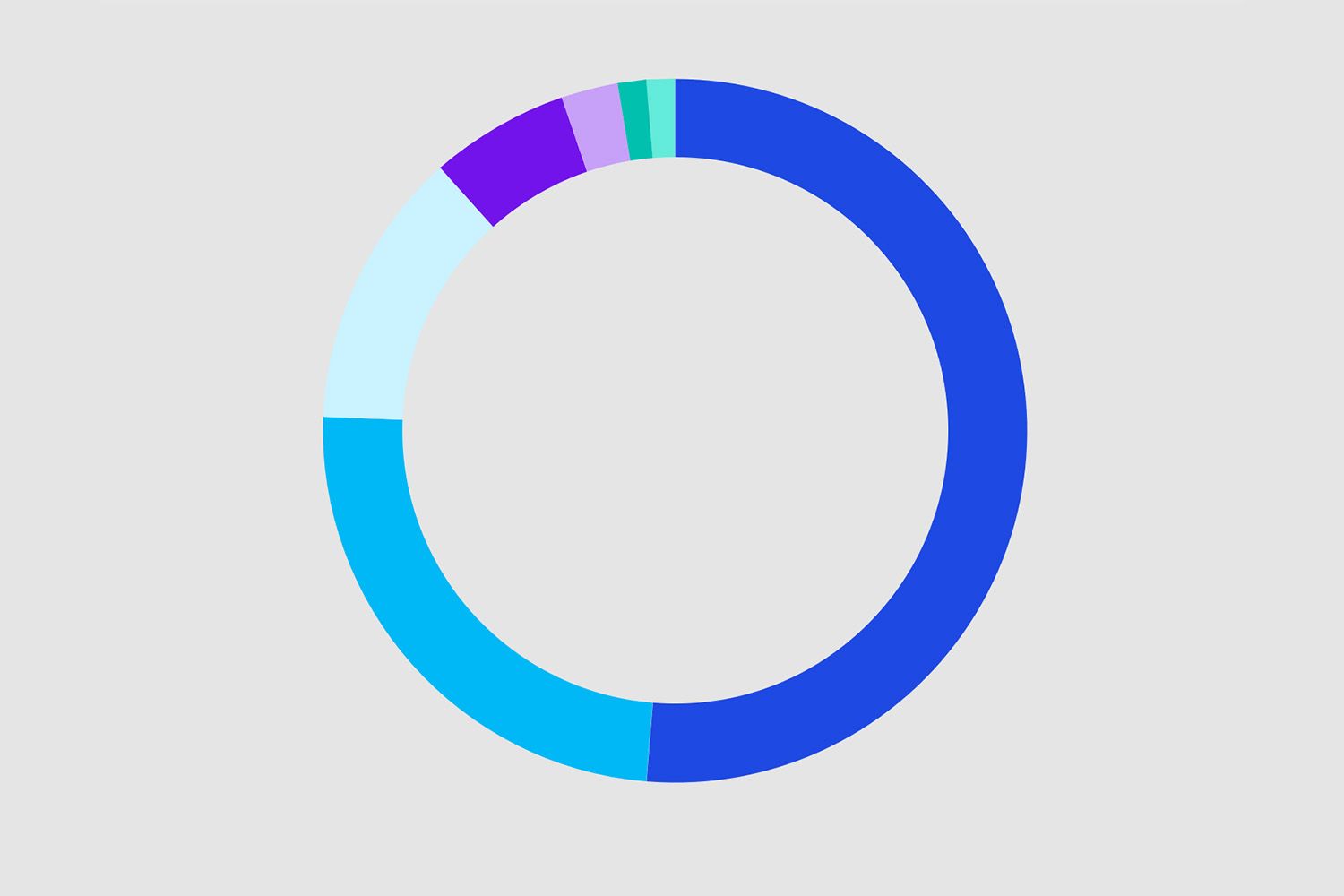Öffentliche und private Organisationen sind einem erhöhten Risiko finanzieller und rufschädigender Verluste ausgesetzt. Frühere Finanzskandale haben gezeigt, wie finanzielle Anreize oder erhöhter Druck zu Betrug in der Berichterstattung führen können. Die aktuellen Herausforderungen erhöhen das Betrugsrisiko noch und zwingen die Unternehmen zu besonderer Wachsamkeit. Finanzielle Verluste durch Wirtschaftskriminalität haben in den letzten Jahren vermehrt zugenommen.
Wir helfen unseren Kunden, die richtigen Massnahmen zu ergreifen, um potenziell umstrittene oder nachteilige Situationen zu erkennen, zu begrenzen und angemessen darauf zu reagieren. Wir erachten es als ebenso wichtig, unsere Kunden bei einem strategischen Ansatz zu unterstützen und sie über Schadenersatzansprüche, Regressmöglichkeiten und andere Massnahmen zu beraten, die auf Grundlage der von uns ermittelten Sachverhalte ergriffen werden können.
Ob es sich nun um einen Betrugsfall, eine geschäftliche Auseinandersetzung, ein Problem mit der Einhaltung von Verträgen, eine behördliche Untersuchung oder eine umfangreiche Transaktion handelt, ernsthafte Probleme können schnell auftauchen, ausser Kontrolle geraten und erheblichen Schaden verursachen. Mit unserem Team aus Wirtschaftsprüfern, Ermittlern, Ökonomen, Technologiespezialisten, ehemaligen Strafverfolgungsbeamten und Mitarbeitenden von Regulierungsbehörden verfügen wir über die besten forensischen Fachkenntnisse auf dem Markt.
Forensic Fraud Barometer 2023
Die aktuellste Ausgabe des KPMG Forensic Fraud Barometer erfasst Betrugsfälle in der Schweiz im Jahr 2022. KPMG fasst mit dem Fraud Barometer Betrugsfälle zusammen und identifiziert Trends bei den Betrugsarten, welche die Schweizer Gerichte beschäftigt haben. Die Auswertung identifiziert die neuesten Betrugstrends und -muster, die der Schweizer Wirtschaft zu schaffen machen, und ermöglicht es dadurch den Unternehmen, auf neue Bedrohungen gefasst zu sein und auf auftretende Betrugsrisiken angemessen und proaktiv zu reagieren.
KPMG's Expertise
Unser umfangreiches Netzwerk von Forensikexperten kann Ihnen dabei helfen, künftige Risiken für Ihr Unternehmen zu erkennen, zu mindern und zu berücksichtigen. Angefangen damit, dass wir Sie über Änderungen der Rechtsvorschriften auf dem Laufenden halten, unterstützen wir Sie bis hin zur Untersuchung und Beilegung auftretender Streitigkeiten.
Aktuelle Themen
Lesen Sie unsere neuesten Erkenntnisse und erfahren Sie mehr über verwandte Dienstleistungen.
Ihre Ansprechpartner
Weitere Informationen
Cyber & Digital Risk Consulting
Wir unterstützen Kunden aus allen Branchen, Cyber-sicher zu sein - von Strategie bis Bits & Bytes. Bei Cyber-Vorfällen helfen wir schnell zu handeln.
KPMG Powered Enterprise
KPMG's Powered Enterprise ist eine Transformationslösung, die Unternehmen auf dem Weg zum nachhaltigen Wandel unterstützt.
Newsletter Registrierung
Was bewegt die Schweizer Wirtschaft? Die Antworten liefern Ihnen unsere Newsletter.
KPMG Blog
Erfahren Sie in unseren Blog-Beiträgen die aktuellen Trends und Herausforderungen der Schweizer Wirtschaft.














